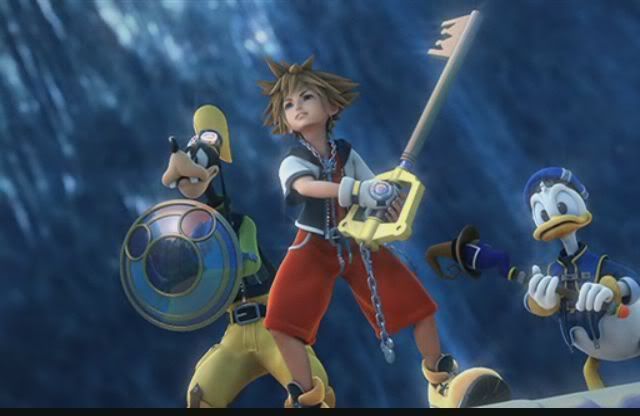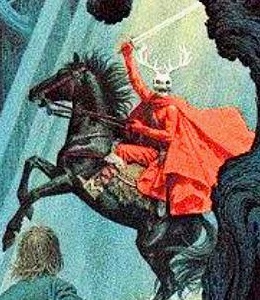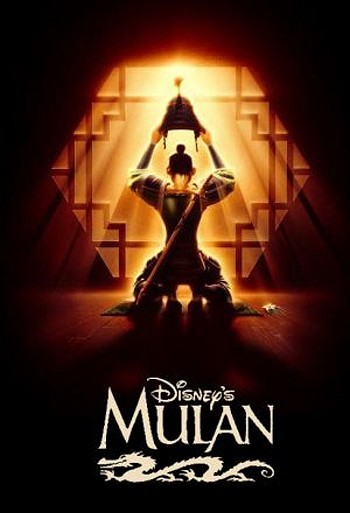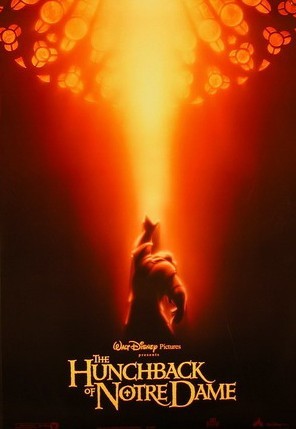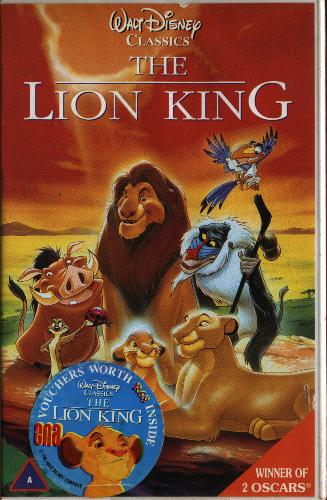 It's been almost eleven years since this epic fantasy RPG first hit store shelves, but the impact it has left on the video gaming world cannot be forgotten. It's timeless morals, clever writing, large and expansive worlds, loveable characters, and addicting game play makes it a classic. Kingdom Hearts is almost as big a part of pop culture as the Final Fantasy and Disney characters that appear in the game. And yet, as I sit here having completed the most recent entry in the saga, Dream Drop Distance, I still crave more. I crave newer and more challenging experiences battling against the ever-looming dark forces. An entire generation grew up playing and living this game and the impact it has left upon them is everlasting. But can it be called the greatest video gaming series of all time? Well, let's take a look and inhale the wonders of the Kingdom Hearts saga.
It's been almost eleven years since this epic fantasy RPG first hit store shelves, but the impact it has left on the video gaming world cannot be forgotten. It's timeless morals, clever writing, large and expansive worlds, loveable characters, and addicting game play makes it a classic. Kingdom Hearts is almost as big a part of pop culture as the Final Fantasy and Disney characters that appear in the game. And yet, as I sit here having completed the most recent entry in the saga, Dream Drop Distance, I still crave more. I crave newer and more challenging experiences battling against the ever-looming dark forces. An entire generation grew up playing and living this game and the impact it has left upon them is everlasting. But can it be called the greatest video gaming series of all time? Well, let's take a look and inhale the wonders of the Kingdom Hearts saga.PLOT: For those of you unfamiliar with the gaming series plot, I'll fill you in, trying my best not to spoil too much:
There are two forces in the world, light and dark. For years, the forces of dark have been expanding, swallowing whole worlds and consuming their residents. The only person in the world with the power to fight off the darkness is the wielder of a powerful weapon called a Keyblade. Many years prior to the events in the first game, there were countless Keyblade masters who protected the light and dark. But constant wars and fighting drastically diminished the number. The Keyblade holds the power to unlock the many barriers and lock away the hearts of the worlds, protecting them from the Heartless, dark beings that exist without hearts.
Everyone in the world is capable of both great good and great evil. Darkness lingers in virtually every heart of every person of every world. Only seven people have been known to exist without darkness in their hearts, and these seven maidens are called, The Princesses of Heart. Snow White, Cinderella, Alice, Aurora, Jasmine, Belle, and one other.
On an island world called Destiny Islands, three children live and have fun. Riku, a powerful young man who is ever curious about the world outside of the island; Kairi, who appeared during the night of a meteor shower; and Sora, an idealistic and friendly young boy who has been friends with Riku for years. One night, the Heartless invade and the three friends are separated. Kairi vanishes, while Riku and Sora are swallowed by the darkness. But Sora discovers that he can use the Keyblade and after being washed up in a world called Traverse Town, he goes off in search of his friends.
Coincidentally, he bumps into Donald Duck and Goofy, who were sent by their King Mickey to find the person with "the key", and stick with him. Sora, Donald, and Goofy travel to many worlds, stopping the Heartless and sealing the Keyholes of every world so they cannot disappear into darkness. Along the way, the group contends with the likes of the evil fairy Maleficent and her council of evil: the sea witch Ursula, the Lord of the Underworld Hades, the Grand Vizier Jafar, the nightmare making Oogie Boogie, and the ruthless pirate Captain Hook, who have been using the Heartless to destroy worlds and kidnap the Princesses of Heart, who have a mysterious power when combined together.
Sora meets new friends, receives guidance and training from the wizard Merlin, and teams up with many Disney heroes to save the world, but is forced to be at odds with Riku, who has been in desperate search of Kairi and was taken in by Maleficent.
#2: The Characters
The best thing about this saga is the characters, and not just Simba and Tinker Bell.
Sora is a very likable protagonist, who always looks for the best in people before the worst and cares deeply for his friends. But, he is prone to his occasional lapses in judgement and brain power. But his courage and unwavering from the light makes up for that. At times his childish behavior can get distracting, like when he gushes over meeting Santa Claus, but with the oncoming release of Kingdom Hearts III, a much maturer Sora is expected.
Riku is an adventurer, who is enticed by what the outside has to offer. Often, though, Riku is prone to falling back on teasing Sora about his crush on Kairi and often mocks him for being weaker than him. He is also gullible early on, allying himself with Maleficent and the dark and thinking Sora abandoned them when he met Donald and Goofy. But, Riku also cares for both Sora and Kairi like his siblings and after relinquishing the darkness in himself is able to form a friendship with Mickey.
Kairi is almost as idealistic and kindhearted as Sora, but we don't get to seem much of her character in the story. She is often used as a DID, whom Sora must rescue. But she is still loving and cares as much about Sora as he does for her. Kingdom Hearts III should be able to bulk up her role in the story.
Often, as you travel around various Disney worlds, you will be given the option to team up with a character from that respective world. Others are forced onto the player when there is no other option. For example, when Sora is separated from both his Keyblade and his friends in Hollow Bastion, and is forced to fight with a wooden sword, the Beast enters your party. Also, these world dwellers are often far more powerful than Donald and Goofy and teaming up with them isn't just for show. Also, I'd rather fight someone like Ursula or Jafar with Ariel or Aladdin. Along with these party characters, you meet several others whom help Sora along his journey, like the Genie, Donald's nephews, Merlin, Winnie the Pooh, Tinker Bell, and many more.
#3: FINAL FANTASY!!!!!
While Lightning has yet to make her cameo yet, Kingdom Hearts has delved deeply into the other pool it borrows characters from: Final Fantasy. Cloud, Leon, Yuffie, Cid, Auron, Tidus, Wakka, Moogles, Selphie, Zack, and even the all powerful Sephiroth make appearances in the saga. Though their roles are more secondary when compared to the Disney ones, they interact more with Sora and his friends. You even fight most of them in the various tournaments held in the games. The two people seem to love the most that appear in the game are Cloud and Sephiroth, who both fight each other to the death twice in the series. Sephiroth is a secret boss in both KH I and KH II, and both times is one of the hardest to fight.These characters also appear in multiple worlds, unlike the Disney characters, who are relegated to their own worlds.

#4: EVIL!!!!
Of course, no fantasy game can exist without villains to fight. And this adventure pits Sora and his friends against an all powerful genie, a dragon, a god, the guardian of the Underworld, a sea witch, and many other forces of evil.
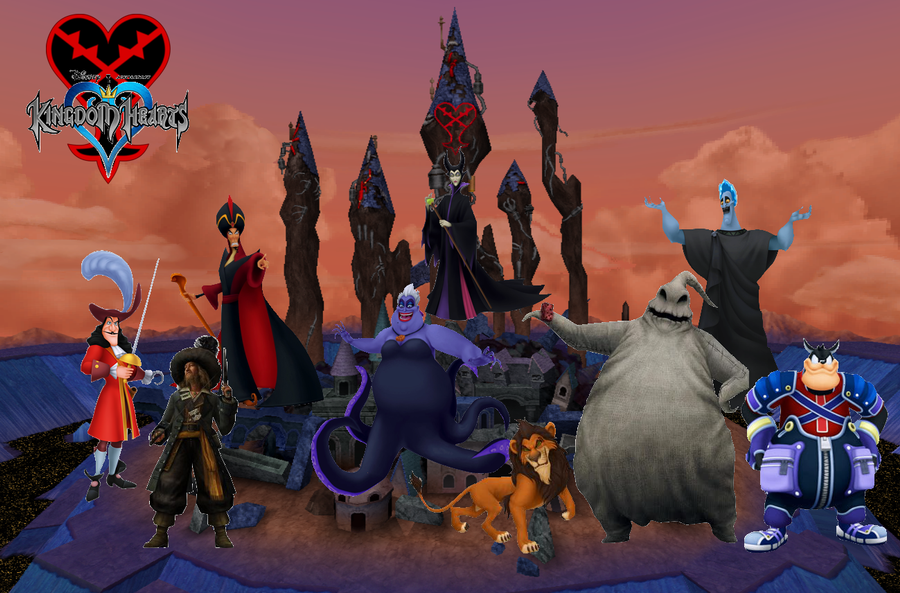 Each of the villains is menacing and also a ton of fun to fight. Even Sephiroth. But the game even comes up with it's own villains, villains whom we despise even more than the Disney ones. The main villain in the series is Master Xehanort, who has been manipulating events throughout history to his advantage and seeks unlimited power.
Each of the villains is menacing and also a ton of fun to fight. Even Sephiroth. But the game even comes up with it's own villains, villains whom we despise even more than the Disney ones. The main villain in the series is Master Xehanort, who has been manipulating events throughout history to his advantage and seeks unlimited power. Xehanort got his beginning explained in Dream Drop Distance, but his first real appearance was in Birth by Sleep, a prequel to the first game. He was once regarded as a powerful and noble Keyblade master, but his heart had become filled with pure hate and darkness. He uses his powers to torment the main characters of the game, Terra Ventus and Aqua in separate but equally tormenting ways, ultimately changing their lives forever.
Xehanort passes his knowledge and hate to Maleficent, who recruits Jafar, Pete, and many others to her cause in an effort to conquer the world. In the end, it is her own darkness that does her in and a new evil rises from the ashes of the old: Organization XIII. Once friends of Xehanort (one even was Xehanort), these beings lost their hearts, became Heartless and allowed their empty bodies to form new beings, Nobodies. These soulless and emotionless beings seek to destroy worlds just to recclaim their lost hearts.
 #5: Epic Gameplay
#5: Epic GameplayEach game utilizes a different style of gameplay. The first was basically standard, allowing magic to be recharged it you are hit or if you do damage onto an opponent (works best during boss battles).
The gameboy game utilized cards, which would hold the power Sora could use. When Sora ran out, he would have to recharge and summon more cards to him.
The second console game made more powerful moves, such as limit commands take all of Sora's magic, forcing him to charge up his magic over a period of time. This style was perfected in Birth By Sleep, which allowed endless spellcasting, but you would just recharge.
All of the playable characters are able to change the keychain on their Keyblade and make it more powerful. While others boasted incredible strength, others utilized magical attacks. Even Donald and Goofy had changeable weapons.
In Kingdom Hearts II, all of the party members utilize limit commands. These commands are very powerful combo moves that often wipe out an entire group of Heartless, or do insane damage to opponents. Aladdin's even swipes some munny and other rare treasures from them. Each Disney Character and Riku had super powerful moves, while Sora, Donald, and Goofy's are more basic.
Good, Bad, Ugly
Kingdom Hearts has serious competition and serious expectations to meet. Mario, Pokemon, Guitar Hero, Call of Duty, Halo, and countless other games are able to pump out new additions to their saga each year for the most part. Kingdom Hearts III has just started basic development and isn't nearly ready for a close release date.
The expectations are also insanely high. People expect this next addition to be much darker, much more action packed, and more adult than any of the entries before have even considered reaching. I also have my personal things I want in KH III, but that's for another post.
Final Sum Up
Until the final entry into the game is released, it's cultural meaningfulness rides only on the power of the original games. But no one can deny it's impact. While it may not be the greatest video game series of all time, it certainly is on the path towards it. It's a great series that I highly recommend.
